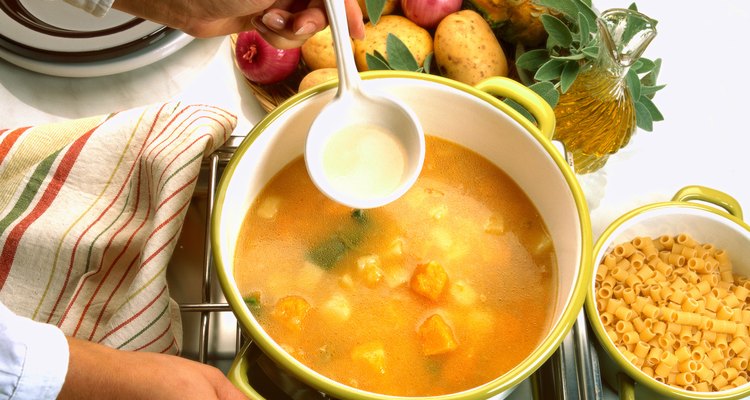
Stockbyte/Stockbyte/Getty Images
Once the weather turns chilly and you’ve gotten your sweaters out of storage, nothing seems as warming as a steaming bowl of thick, creamy soup. Adding half-and-half or cream is a delicious way to give soups extra body and a smooth texture. From a health perspective, half-and-half is a better choice than you might think.
Best Thickening Choice
There is a confusing array of milk products in the dairy case. What’s the difference between half-and-half, light cream, heavy cream and whipping cream – and which one is best for thickening soup? What differentiates one cream from the next is fat content. Half-and-half, a mixture of half milk and half cream, has a fat content of about 12 percent, vs. about 20 percent for light cream, and 35 to 40 percent for heavy whipping cream. The higher the fat content, the thicker the cream will be. You can use any of these creams to thicken a soup, but half-and-half is thick enough to give cream soups a rich consistency -- without as much fat as the others.
What About Fat?
Health-conscious eaters may still worry about adding dairy fat to foods. Contrary to popular belief, a 2010 study in the Annals of Internal Medicine showed that the kind of fats found in dairy products actually reduce the risk of Type 2 diabetes and heart disease. The small amount of half-and-half used to thicken a soup -- maybe ½ to 1 cup -- isn’t significant enough to cause concern about fat content. Regular, light or skim milks don’t have enough fat to thicken soups alone anyway, and have a tendency to separate or curdle when heated.
Fat-Free Half-and-Half?
You may wonder about a product in stores called “fat free half-and-half.” In this highly processed product, the natural butterfat has been replaced with corn syrup, chemicals and thickeners to simulate the mouth feel and texture of fat. Most nutrition experts agree that it is a much healthier choice to eat the natural saturated or monounsaturated fats in half-and-half than the chemicals, sugars and processed grains in the fat-free version.
No-Fat Option
If you are really concerned about calories – or want to skip dairy altogether – give your soup extra body with the help of your blender. Puree just 1 or 2 cups of the soup in a blender and returning the puree back to the soup pot.
Related Articles
Non-Dairy Alternatives for Heavy ...
Cream vs. Creamer

Can You Use Half and Half to Replace ...

Why Is Milk So Fattening?

How to Skim Grease in Sauce
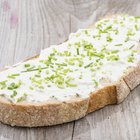
Calories in Tofu Cream Cheese

Whole Milk Vs. Lactaid Milk
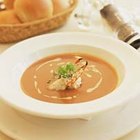
How to Make Crab Bisque

Can You Substitute Yogurt for ...
Calories in Vegetable Beef Soup

What Is Balkan Yogurt?

Can You Substitute Margarine for Butter ...
Nutrition Information for Onken Yogurt

What Can Be Used to Substitute for ...
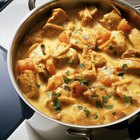
What Is Vegetable Ghee?

How Long Can You Refrigerate Nacho ...
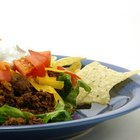
What Can I Use in Place of Sour Cream?

How to Thicken Cream Filling
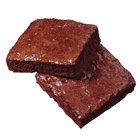
How to Replace Yogurt for Butter in ...
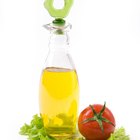
Can You Substitute Shortening for ...
References
Writer Bio
Janet Burt has written professionally for more than 20 years, specializing in business, careers, healthcare and the arts. Her work has appeared in “Self,” “Focus,” and “The Philadelphia Inquirer,” among other places. Also a professional artist, Burt has a degree in English and German from Colgate University.
Photo Credits
Stockbyte/Stockbyte/Getty Images